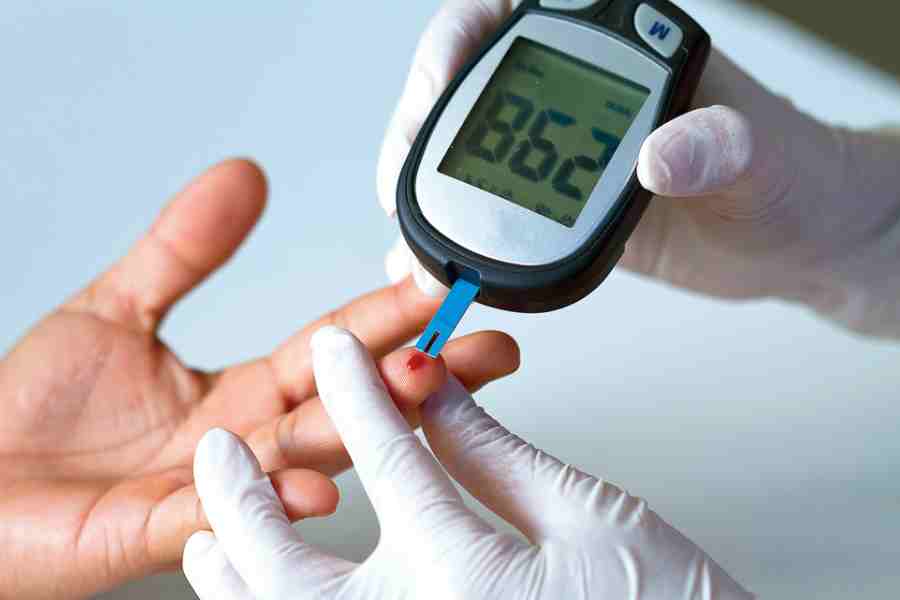India has a much bigger burden of diabetes than hitherto assumed, researchers said in a study released on Thursday that has found that nearly a quarter of the people it sampled in Bengal had prediabetes, and were thus at the risk of developing diabetes.
The study, the first to specifically generate a metabolic health report card for India’s population, estimates that India has 101 million people with diabetes — about 44 per cent higher than the figure of 70 million indicated by earlier studies.
An additional 136 million people nationwide have prediabetes, a health condition marked by elevated blood sugar levels, among whom a large fraction is expected to advance to diabetes.
“Not everyone with prediabetes gets diabetes, but the conversion rate from prediabetes to diabetes among Indians and South Asians is among the fastest in the world,” said Viswanathan Mohan, chief of diabetes research at the Madras Diabetes Research Foundation (MDRF), Chennai, and a principal investigator of the study.
Mohan and his collaborators from academic institutions across the country measured metabolic health markers such as blood sugar, blood pressure, obesity and cholesterol levels in a sample of over 100,000 people from across India.
In Bengal, 13.7 per cent of the sampled people had diabetes, 23.5 per cent were in a prediabetes stage, 42.4 per cent had high blood pressure, and 27 per cent had high cholesterol levels.
The researchers say the large estimate of the population with prediabetes should be viewed as an opportunity to reverse the condition and reduce the future burden of diabetes.
“Healthy diets, adequate exercise, weight reduction and sufficient sleep. This is all that’s required for most people to reverse from the prediabetes stage — they don’t even need medicines,” said R.M. Anjana, president of the MDRF and the study’s first author.
The study, published in The Lancet Diabetes and Endocrinology, a medical journal, has estimated nationwide prevalence rates among the adult population for diabetes (11.4 per cent, or 101 million people), prediabetes (15.3 per cent, or 136 million), high blood pressure (35.5 per cent, or 315 million), abdominal obesity (39.5 per cent, 351 million), and high cholesterol (24 per cent, or 213 million). Abdominal fat carries a greater health risk than fat elsewhere.
The study has also revealed dramatic variations in the prevalence rates across states which, researchers say, will allow health policymakers to design nuanced state-specific strategies to combat metabolic disorders.
The prevalence rates for diabetes, for instance, ranged from a low 4.8 per cent in Uttar Pradesh to the highest 26.4 per cent in Goa. High blood pressure prevalence rates ranged from 24.3 per cent in Meghalaya to 51.8 per cent in Punjab.
“Such data will help us and the states to look at the trajectory — how fast are the numbers rising, where will the numbers be in five years, and how can the state health system be prepared for the growth,” said Nikhil Tandon, professor of endocrinology at AIIMS, New Delhi, another principal investigator.












